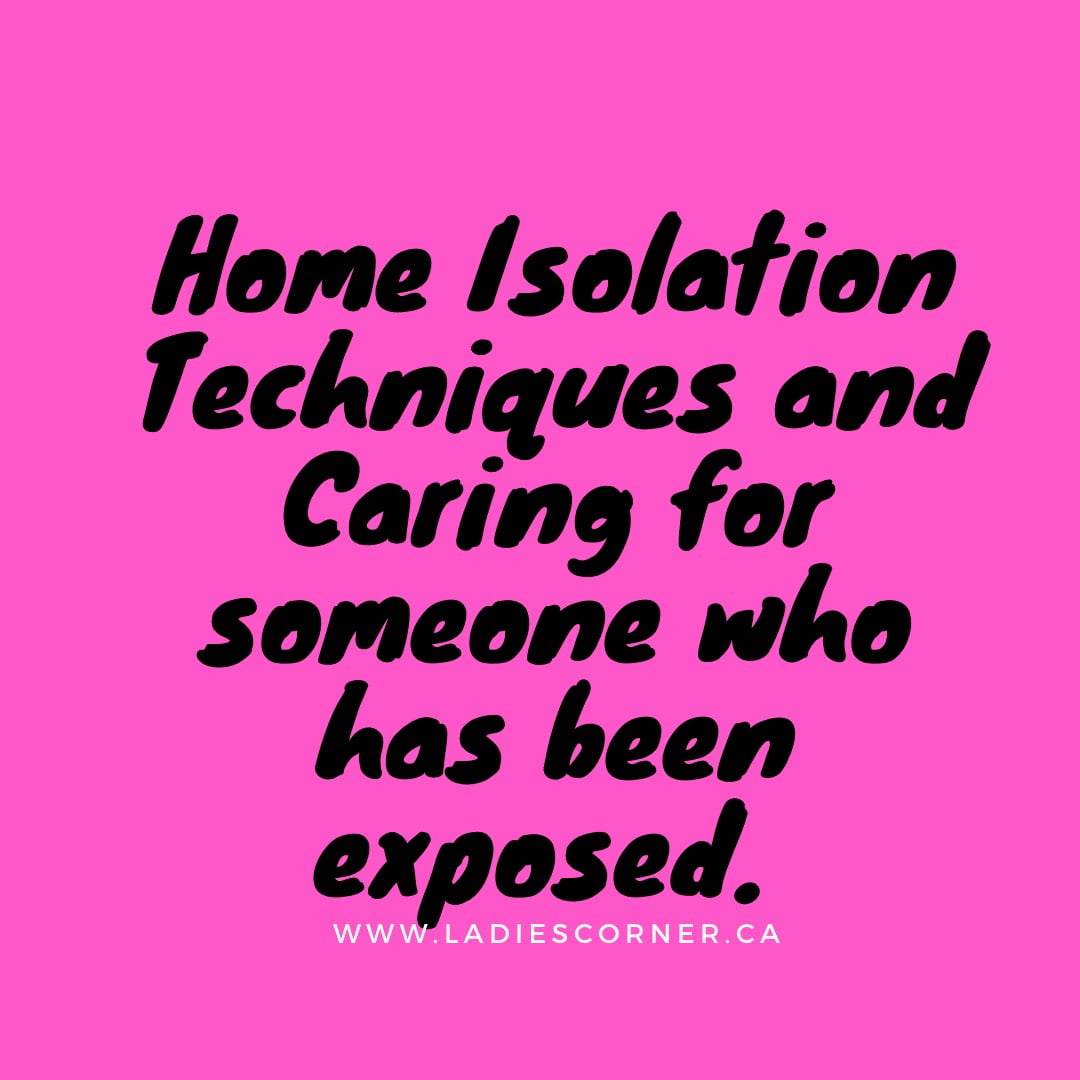
Home Isolation Techniques and caring for someone who has been exposed
Protect our Province in their briefing today discussed extensively at home isolation techniques to prevent the spread from one family member to another.
If you know anyone with the virus right now, they want to watch this episode:
What are the supplies you need?
Stock your home with supplies in advance in case someone in your household needs to isolate or quarantine. Supplies include:
- thermometer
- medical masks
- non-medical masks
- tissues and disposable paper towels
- eye protection, like a face shield or goggles
- hand sanitizer containing at least 60% alcohol
- dish soap, hand soap and regular laundry soap
- no-touch waste container with a plastic liner, like a garbage bin
- over-the-counter medication to reduce fever, like ibuprofen or acetaminophen
You should also make sure you have:
- regular household cleaning products
- a hard surface disinfectant that has a drug identification number (DIN)
- if unavailable, use concentrated (5%) liquid bleach and a separate container for dilution
- always follow instructions for proper handling of household bleach (chlorine)
- alcohol prep wipes or cleaning products made for electronics
If you can’t get these supplies, reach out to family, friends or neighbours. You can also contact your local public health authority or a community organization for advice, support and resources.
To reduce the spread of COVID-19, provide care at a place that has access to running water whenever possible.
Providing care
There may be different advice if you or any of your household members are vaccinated against COVID-19. Follow the instructions from your local public health authority.
Ideally, only one person should provide care to someone who is in quarantine or isolation. If possible, the caregiver should be fully vaccinated and not have medical conditions that put them at risk of more severe disease or outcomes from COVID-19. This will help reduce the risk of COVID-19 spreading to others in the household.
You should not provide care if you’re at risk of severe disease or outcomes from COVID-19.
Protect yourself when providing care by following prevention measures when you’re in direct physical contact or during close-range interactions.
Wear a medical mask if the person you’re caring for has tested positive or has symptoms and is in isolation. The person you’re caring for should also wear a medical mask. If medical masks aren’t available, you should both wear a non-medical mask that’s well constructed and well fitting
Wear a non-medical mask if the person you’re caring for was potentially exposed to COVID-19 and is in quarantine. The person you’re caring for should also wear a non-medical mask.
Other prevention measures include:
- washing your hands often with soap and water for at least 20 seconds:
- especially after providing care
- before and after putting on and taking off masks and eye protection
- wearing eye protection to keep splashes or sprays of body fluids out of your eyes, including respiratory droplets, using:
- face shields
- safety glasses
- safety goggles
Where we got this information from: click here





